One day in 2008 an old classmate contacted me after 30 years! Paul Smith, now an entomologist at the University of Toronto, Canada, came to Sydney for a conference and wanted to meet up. We did so, and he told me about an interesting case he was working on: the DNA-analysis of some 150 year old insects, a flee, two lice, a German cockroach and a centipede. Paul told me the background story of these animals that were found in a 19th century mansion in downtown Toronto: a young Irish woman who had worked there as a maid, had encased dozens of small objects into self-kneaded beeswax-balls. Apparently, she then hid such objects in and around the property, under floorboards, in between cavities in the lathe and plaster walls and buried in the garden. No one ever knew, except for a butler who sometimes observed her but did not report what he saw to the masters, but rather drew a map on which he recorded all the hiding places. When the Map was given to Toronto through a bequest of the great great nephew of the former butler, light was shed on this strange little legacy. Subsequently, a local company, Anthropological Services Ontario (ASO), found a veritable Pandora’s box of items. Anyhow, these lice and fleas ended up under Paul’s eletron microscope. It is not so easy to get insects that old that are intact enough that you can research them well. Most of the preserved insects, some of which are hundreds of millions of years old, are found in Amber-stones; however, it’s rare to find ones that are 150 years old. Last year Paul sent me a Research Note that he got published in Nature about his findings in regarding differenciation of foot-span-ankles in contemporary and 19th century north American fleas. I am unable to show it here for copyright-reasons, but I can link you to more information about the Irish maid and the mansion where she worked.
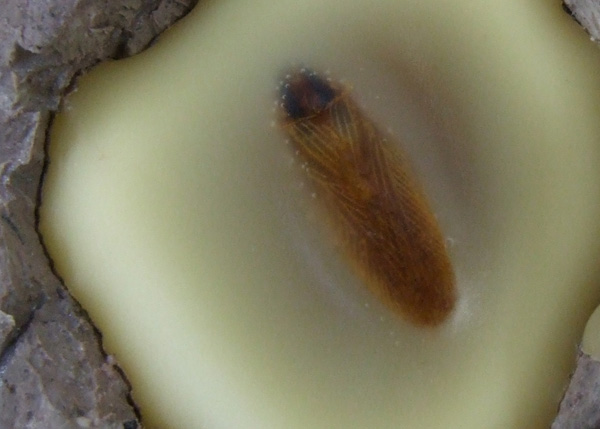

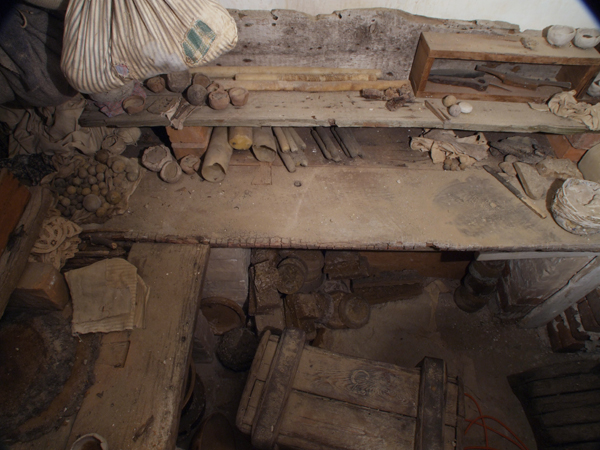
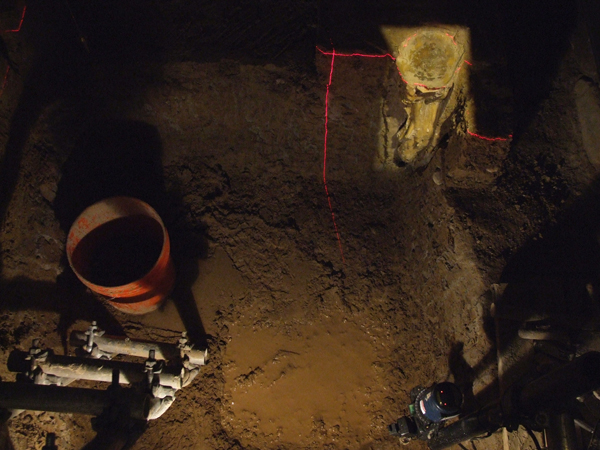
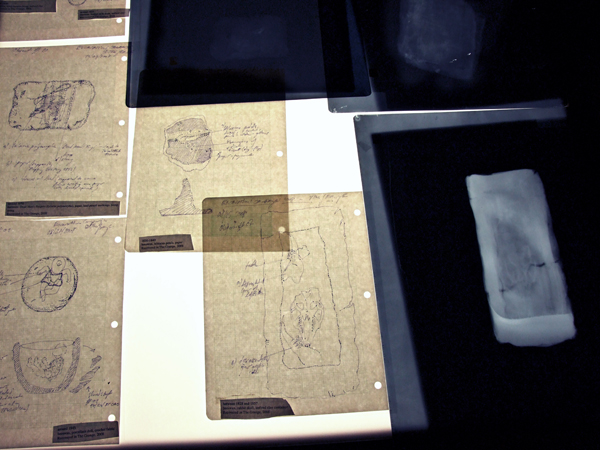
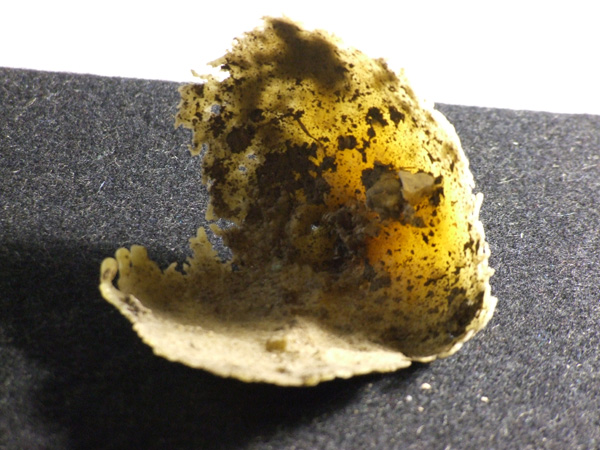

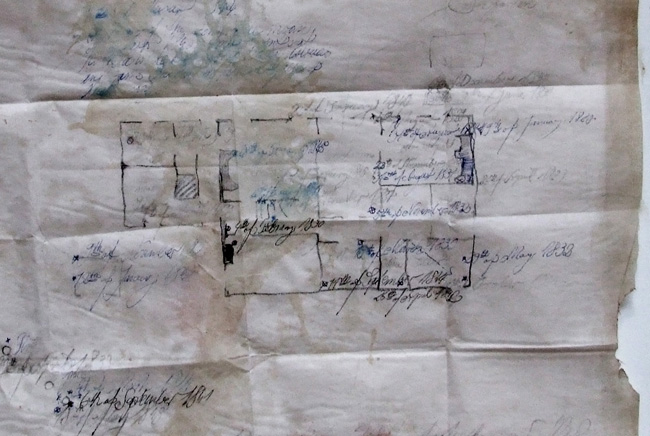
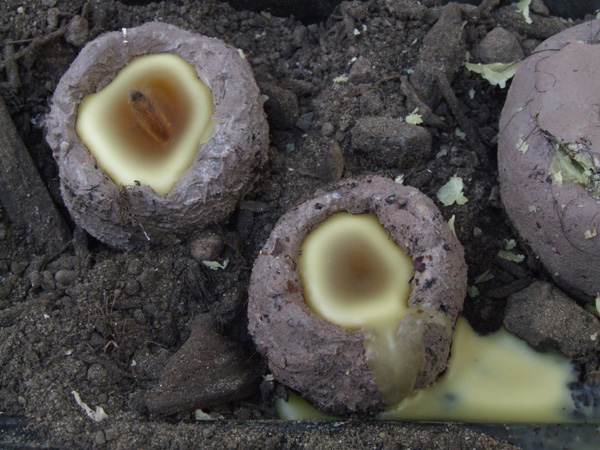
More information can be found at the following links:
Anthropological Services
He Named Her Amber
Iris Haeussler
